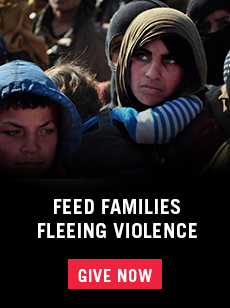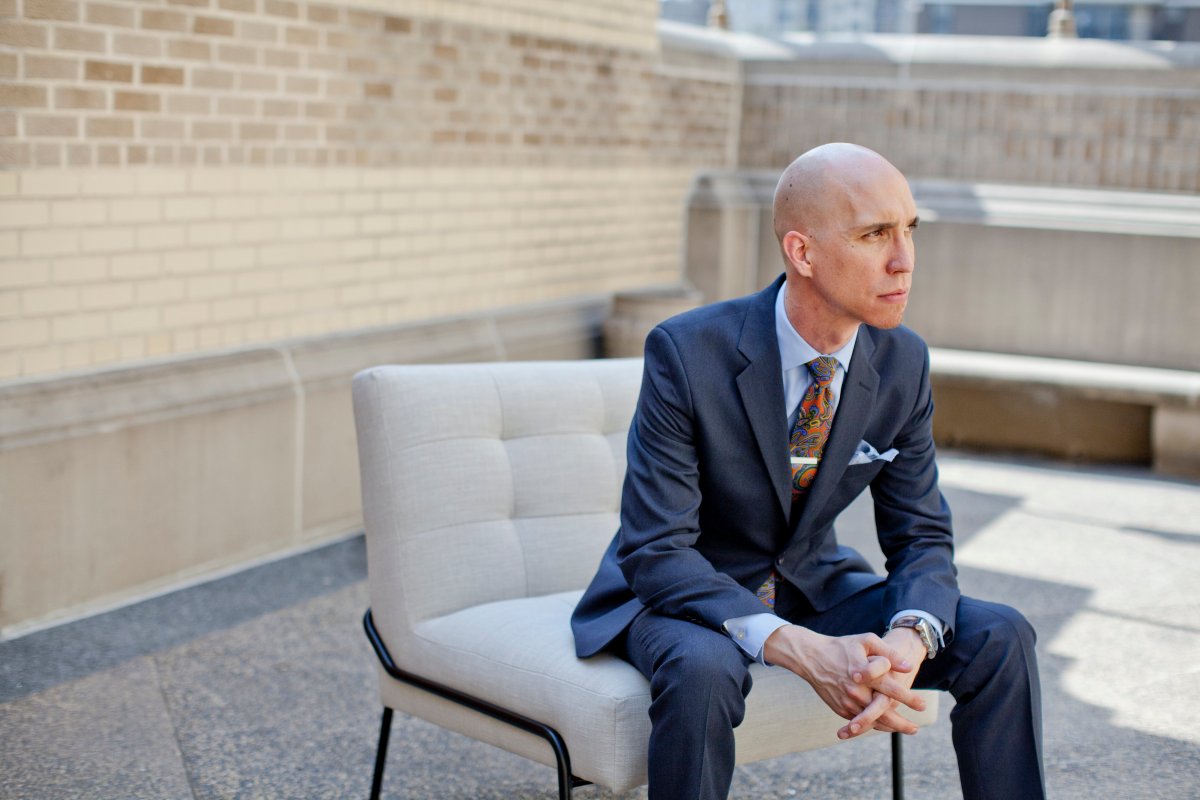Most organizations put a premium on celebrating successes—we certainly do! But we also believe we have a great deal to learn from our failures, so we share those failures in hopes of reinforcing our lessons learned, demonstrating our frailty (rather than portraying ourselves as heroes), and cautioning our peers about potential pitfalls.
Our yearly Failure Reports are a chance to look you in the eye, be vulnerable, and admit our mistakes.
Catch up on Part 1 here.
Today, I want to share the two biggest lessons we learned this year:
1. Strategic Leadership Must Be a Priority — The kind of strategic leadership required in conflict zones and fragile states like Iraq requires coalition building, asymmetric thinking, and the ability to plan for multiple contingencies across various sectors of society (humanitarian, political, economic, religious).

Nothing has accelerated my own leadership development more than the last two years of crisis leadership, political engagement, humanitarian programming, budget triage, and multi-faith, multi-sectarian cooperation across Iraq and around the world. The importance of remaining engaged in a cross section of geopolitical and internal organizational issues has been driven home for me through the last few years of accelerated organizational growth, the rise of ISIS as a global force, and our organizational commitment to go where others will not go to love whom others will not love.
This kind of broad engagement and coalition building does not simply happen, however. There are too many tactical fires to put out on any given day. Strategic leadership must be pursued intentionally. We must have dedicated staff—and I must prioritize margins in my own time in order to be—focused on growth in this area.
2. Preparation is Better than Reaction — Just as the violent rise of ISIS and takeover of much of Iraq could have and should have been anticipated by the domestic and international intelligence and military experts, so too the humanitarian cost of such long-festering sectarian conflict could have and should have been anticipated. Responses should have been planned and prepared in advance. Emergency aid does not always need be reactionary. Now that we have made the transition as an organization so that our peacemaking efforts include emergency relief and development programming, we intend to do more than react to conflict. We aim to learn from conflict, anticipate conflict, and prepare for the human suffering that results from conflict.
The worst failures are those from which we fail to learn. I outlined our failures in the past year, and the two main lessons we learned. Come back for Part 3, for the ways we are responding to the lessons learned.


